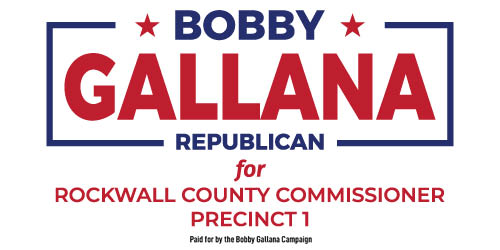Try performing some ‘mathemagic’
 ROCKWALL, TX (Jan. 27, 2015) One of my favorite things to do when working with a child that has reached a point of frustration, fear or boredom with math is to take a break and do a little “Mathemagic.” I will hide the answer to an addition problem on a piece of paper prior to presenting it to the student. Then I ask the student for numbers to add together. Upon turning the paper over they discover that the answer to their problem is the same as my guess written on the paper. Usually what follows are big smiles and the question, “How did you do that?” Like most tricks, the “magic” behind the scene is simply controlling the outcome while hiding the fact that you are in control.
ROCKWALL, TX (Jan. 27, 2015) One of my favorite things to do when working with a child that has reached a point of frustration, fear or boredom with math is to take a break and do a little “Mathemagic.” I will hide the answer to an addition problem on a piece of paper prior to presenting it to the student. Then I ask the student for numbers to add together. Upon turning the paper over they discover that the answer to their problem is the same as my guess written on the paper. Usually what follows are big smiles and the question, “How did you do that?” Like most tricks, the “magic” behind the scene is simply controlling the outcome while hiding the fact that you are in control.
This diversionary tactic usually reduces their anxiety and makes getting back to the task at hand easier. However, it also provides an opportunity to talk with the child about the “magic” of math in everyday life. Math’s presence is so pervasive, blending into so much of what we do, that we can lose sight of how many ways it affects us. Everyday there are opportunities for parents to point out fun, even “magical,” uses for math. Measuring places or things that we cannot touch, predicting future events, shaping our future lives and many other things can be done with a little “mathemagic”.
There is even a place for math “tricks” in our daily lives. When a child first learns the “10’s trick” (multiplying a number by 10 – by simply putting a 0 on the end of the number), they learn that math can be “cool” and easier. However, these kinds of “tricks” are a terrible way to teach math to kids because tricks almost always lose their effectiveness at some point and do not help them understand the concepts underlying the math problem. However, once they understand the math behind multiplying by 10’s, it becomes a great time saver.
Many years ago my father helped me understand proportion, rate and amount while at a gas station. I asked why the price numbers were going faster than the gallons numbers on the pump. This prompted a discussion of the difference between rate of increase and amount of increase. He explained that the proportion of gas to money remained the same even though the numbers were spinning at different rates. The response from my 8-year-old self was, “That doesn’t seem fair.” This prompted another explanation that life wasn’t, never has been, and never will be fair. But that is another subject. It is because of this event, which happened over a half a century ago and still causes me to smile, that I am convinced parents can be our first and best teachers. Take every opportunity to talk with your child about the stuff that happens every day. These kinds of encounters can lay foundations for learning that can make magical things happen in your child’s life.
 By Blue Ribbon News guest columnists Bob and Becky Barnes with Mathnasium Learning Center in Rockwall. Contact them at rockwall-heath@mathnasium.com.
By Blue Ribbon News guest columnists Bob and Becky Barnes with Mathnasium Learning Center in Rockwall. Contact them at rockwall-heath@mathnasium.com.
To share your good news and events, email editor@BlueRibbonNews.com.
Please click here to LIKE our Facebook page, so we can reach more people with good news like this!





